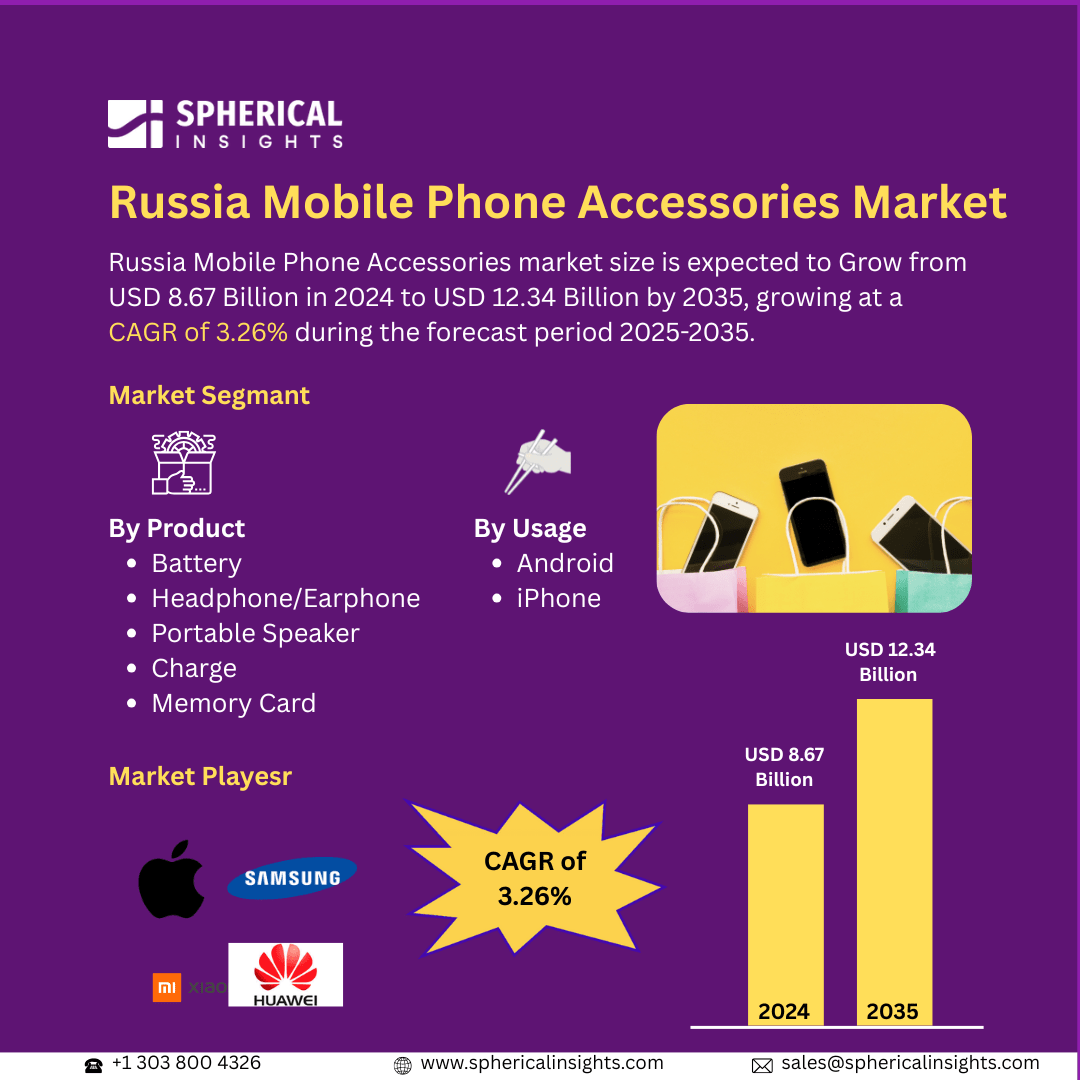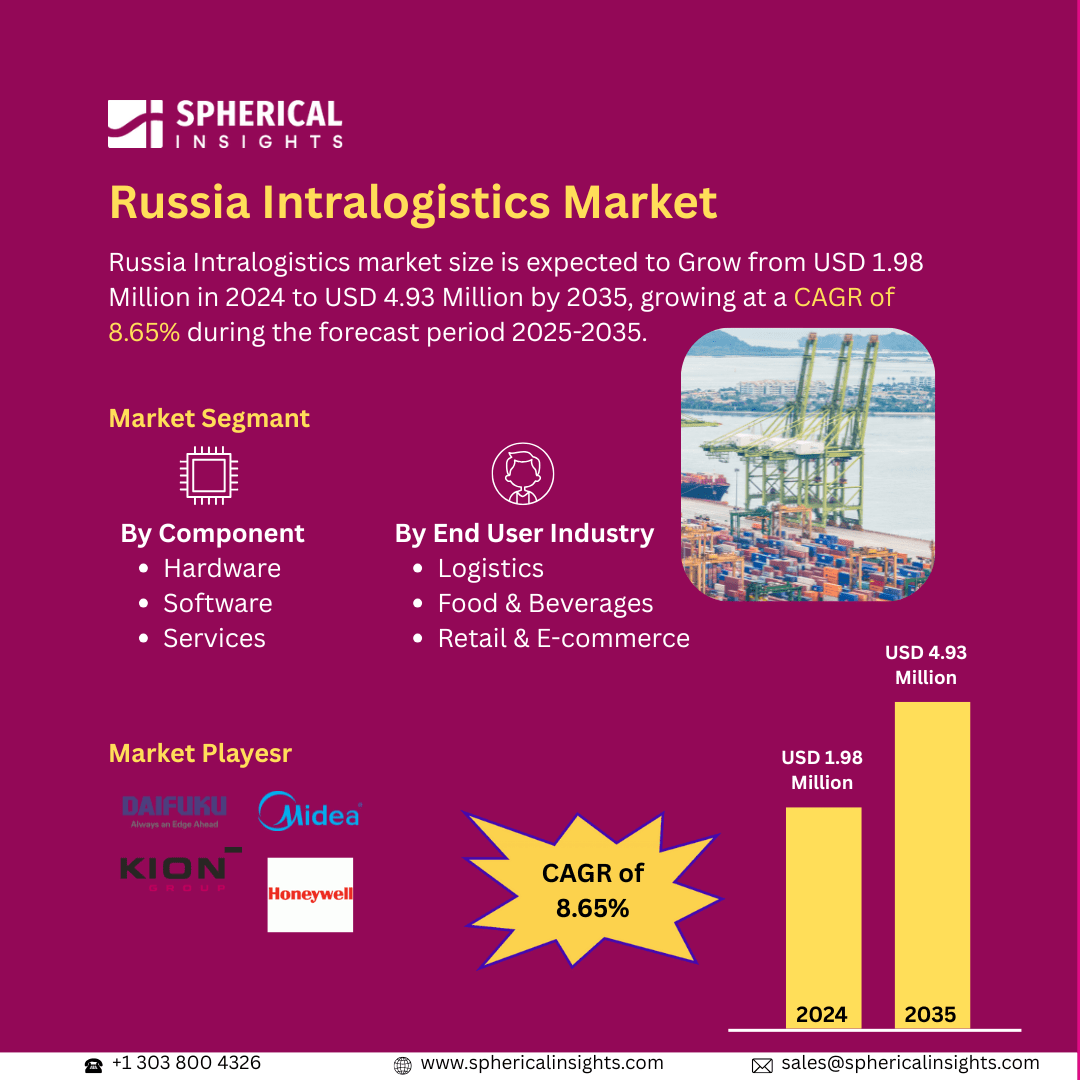Global Automotive Pre-Crash Seatbelt Market Size to Exceed USD 16.87 Billion By 2033
According to a research report published by Spherical Insights & Consulting, The Global Automotive Pre-Crash Seatbelt Market Size is Expected to Grow from USD 9.12 Billion in 2023 to USD 16.87 Billion by 2033, Growing at a CAGR of 6.34% during the forecast period 2023-2033.
Browse 210 market data Tables and 45 Figures spread through 190 Pages and in-depth TOC on the Global Automotive Pre-Crash Seatbelt Market Size, Share, and COVID-19 Impact Analysis, By Technology (Retractor Pretensioners, Buckle Pretensioners), By Sales Channel (OEM, Aftermarket), and By Region (North America, Europe, Asia-Pacific, Latin America, Middle East, And Africa), Analysis And Forecast 2023 - 2033
The worldwide automotive pre-crash seatbelt market refers to the industry concerned with advanced seatbelt systems designed to enhance passenger safety by detecting imminent collisions and actively tightening the seatbelt before impact. These systems integrate technologies like sensors, electromechanical components, and artificial intelligence to work in tandem with other safety features, such as airbags and collision prevention mechanisms. The market is driven by increasing consumer need for enhanced vehicle safety, stringent regulatory mandates, and advancements in sensor technology. Moreover, developments in automotive technology, along with the popularity of electric and hybrid vehicles, are some of the factors that influence the market growth. However, the market growth contrasts due to high manufacturing costs.
The retractor pretensioners segment held the highest share of the global automotive pre-crash seatbelt market in 2023 and is anticipated to grow at a notable CAGR over the forecast period.
On the basis of the technology, the global automotive pre-crash seatbelt market is differentiated into retractor pretensioners and buckle pretensioners. Among these, the retractor pretensioners segment held the highest share of the global automotive pre-crash seatbelt market in 2023 and is anticipated to grow at a notable CAGR over the forecast period. This is because they improve occupant security by tightening the seatbelt at the beginning of a possible collision, and recently, they function more quickly and precisely owing to developments in sensor technology, which make them essential.
The OEM segment accounted for the largest share of the global automotive pre-crash seatbelt market in 2023 and is anticipated to grow at a significant CAGR over the forecast period.
On the basis of the sales channel, the global automotive pre-crash seatbelt market is segmented into OEM and aftermarket. Among these, the OEM segment accounted for the largest share of the global automotive pre-crash seatbelt market in 2023 and is anticipated to grow at a significant CAGR over the forecast period. This is due to the need for guaranteed adherence to safety regulations and performance specifications. Moreover, the adoption of sophisticated technology accelerates the segment growth.
Europe is projected to hold the largest share of the global automotive pre-crash seatbelt market over the forecast period.
Europe is expected to hold the greatest share of the global automotive pre-crash seatbelt market over the forecast period. The regional market is propelling due to nations like Germany, France, and the UK setting the standard for safety and automotive innovation. Further, strict rules and safety measures along with robust automobile manufacturing base, continuous technical improvements are projected to support the market's steady growth. Europe's market position is further strengthened by the presence of significant car suppliers and OEMs in the region.
North America is anticipated to grow at the fastest CAGR of the global automotive pre-crash seatbelt market over the forecast period. The market expansion throughout the region is further accelerated due to the integration of sophisticated safety systems in automobiles is mandated by rigorous safety regulations that have been implemented, particularly in the United States and Canada are two major contributors. The regional market is expected to increase steadily due to the regulatory environment, strong consumer awareness, desire for safety features, and the rise of smart vehicle adoption.
Company Profiling
Major vendors in the global automotive pre-crash seatbelt market are Autoliv Inc., ZF Friedrichshafen AG, Robert Bosch GmbH, Continental AG, Denso Corporation, Joyson Safety Systems, Hyundai Mobis Co., Ltd., Takata Corporation, Tokai Rika Co., Ltd., TRW Automotive Holdings Corp., Toyoda Gosei Co., Ltd., Nippon Seiki Co., Ltd., Key Safety Systems, Inc., Ashimori Industry Co., Ltd., ITW Safety, GWR Safety Systems, Special Devices, Inc., Far Europe Holding Limited, Daicel Corporation, Delphi Automotive PLC, and others.
Key Target Audience
- Market Players
- Investors
- End-users
- Government Authorities
- Consulting And Research Firm
- Venture capitalists
- Value-Added Resellers (VARs)
Recent Development
- In December 2024, ZF LIFETEC introduced an innovative electromechanical seatbelt locking system called e-locking. This technology enhanced occupant safety by electrifying the sensor and release system, allowing easier integration of seatbelts into seats. It offered significant advantages in design and production, especially for semi-autonomous and autonomous vehicles.
Market Segment
This study forecasts revenue at global, regional, and country levels from 2023 to 2033. Spherical Insights has segmented the global automotive pre-crash seatbelt market based on the below-mentioned segments:
Global Automotive Pre-Crash Seatbelt Market, By Technology
- Retractor Pretensioners
- Buckle Pretensioners
Global Automotive Pre-Crash Seatbelt Market, By Sales Channel
Global Automotive Pre-Crash Seatbelt Market, By Regional
- North America
- Europe
- Germany
- UK
- France
- Italy
- Spain
- Russia
- Rest of Europe
- Asia Pacific
- China
- Japan
- India
- South Korea
- Australia
- Rest of Asia Pacific
- South America
- Brazil
- Argentina
- Rest of South America
- Middle East & Africa
- UAE
- Saudi Arabia
- Qatar
- South Africa
- Rest of the Middle East & Africa



